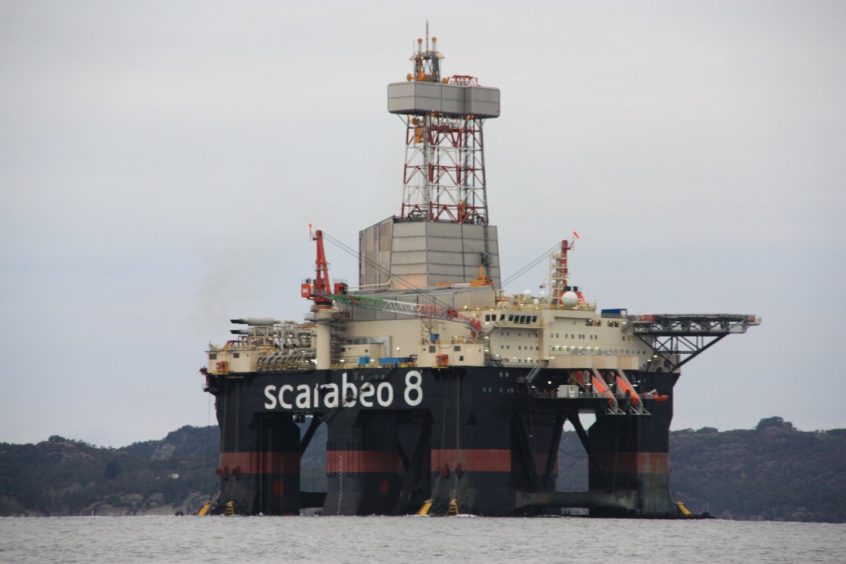
Westwood Global Energy reports that there were three exploration wells and one appraisal well active as of June 28. In addition, one appraisal re-entry of an exploration well is currently active. Key wells in June include discoveries at King/Prince and Garantiana West and frontier play tests at Stovegolvet and Stangnestind. A total of 14 exploration wells have completed to date in 2021, from which seven commercial discoveries have been made giving a 50% commercial success rate to date.
North Sea
Var Energi’s King and Prince exploration programme, comprising initial well 25/8-20 S and two sidetracks, 25/8-20 B and 25/8-20 C, was completed on June 13 with the Scarabeo 8 semi-submersible. The well programme was successful in making two discoveries, one in the Eocene injectite King prospect and one in the Triassic Prince prospect. Post drill resources of 60-135 mmboe (mid-point 97.5 mmboe) were reported by operator Var Energi and partner Mime Petroleum. Development studies have commenced, with the adjacent Balder/Ringhorne FPSO or Jotun FPSO the expected tie-back host.
Operations with Equinor’s 34/6-5 S Garantiana West exploration well using the West Hercules semi-submersible rig were completed on June 8. The well was successful in making a discovery in the target Lower Jurassic Cook Formation. The well was tested at a stable flow rate of 3,460 bopd and 0.78 mmscfpd and achieved a maximum flow rate of 7,423 bopd and 1.34 mmscfpd, with GOR 180 scf/bbl. Post-drill resources were reported in the range 8-23 mmboe, inline with pre-drill expectations. The discovery is expected to be developed alongside the adjacent Garantiana discovery as a tieback to the Snorre field infrastructure.
Equinor and Total spudded the 31/11-1 S Stovegolvet exploration well on April 20 with the Deepsea Atlantic semi-submersible. The top hole for the well was drilled and the well suspended on April 27 whilst the rig drilled the 35/11-25 S Apodida well. Following the completion of this well, the rig returned, re-entered and recommenced drilling operations at Stovegolvet around June 9. The well is located in the Stord Basin of the Northern North Sea and is a frontier test of the Lower Jurassic, with the nearest well 30 km away. A discovery would need to be large enough for a standalone development but could open up the basin for further exploration.
Also in June, the 35/11-25 S Apodida exploration well reported last month was abandoned (P&A dry) whilst drilling commenced at the 1/3-13 Ommadawn prospect. The Iving discovery also saw the completion of the first appraisal well (25/8-21 S, results pending) and the spud of the second appraisal well (25/8-22 S).
Norwegian Sea
In June, Wintershall DEA’s 6406/3-10 Bergknapp discovery well was re-entered to complete data acquisition, including a DST, that was unable to be performed in the discovery well due to Covid-19 and associated restrictions.
Barents Sea
In the Barents Sea, the Deepsea Nordkapp mobilised from the Shenzhou well (reported last month, P&A dry) to spud Aker BP’s 7234/6-1 Stangnestind exploration well on June 1 in the eastern Barents Sea at a location just 12 km from the Norway/Russia median line. The well is targeting a frontier, regional scale mega-closure which extends into Russia, with objectives in the Permian and Carboniferous. The well is very high risk and significant resources would need to be proven if a discovery is to be commercialised.
Recommended for you
